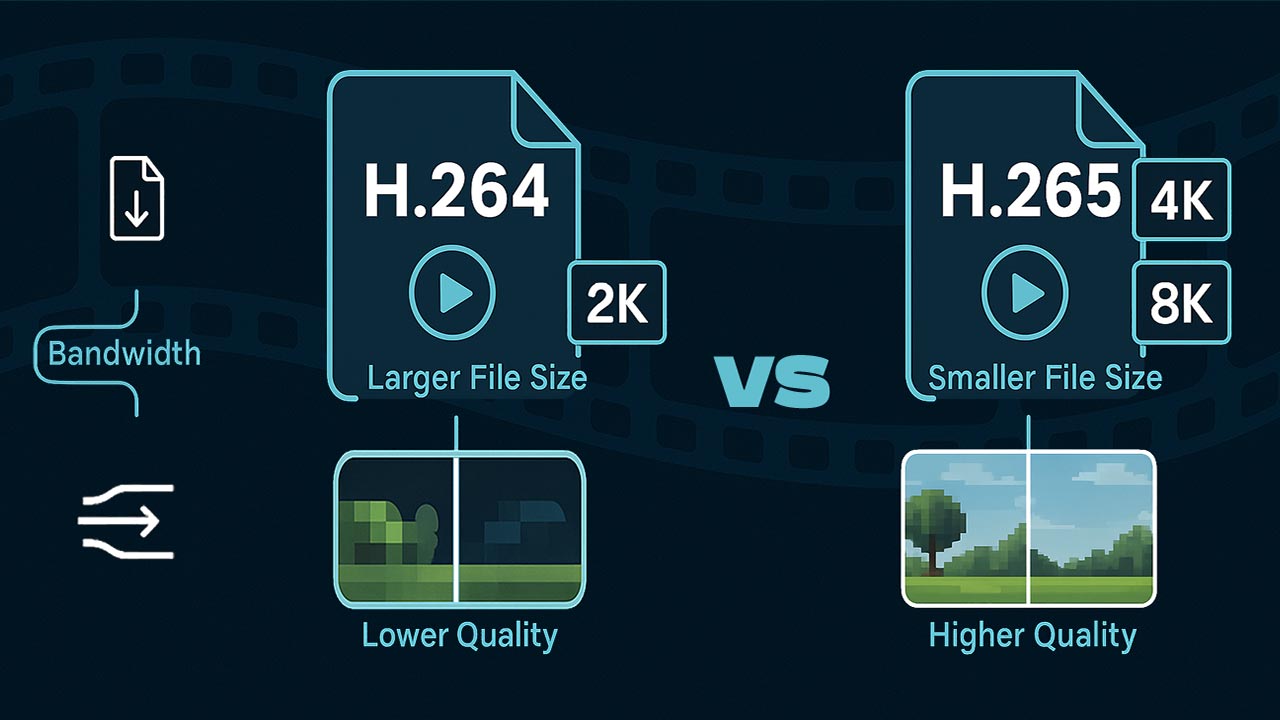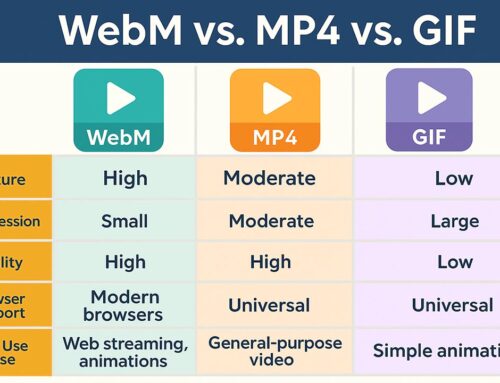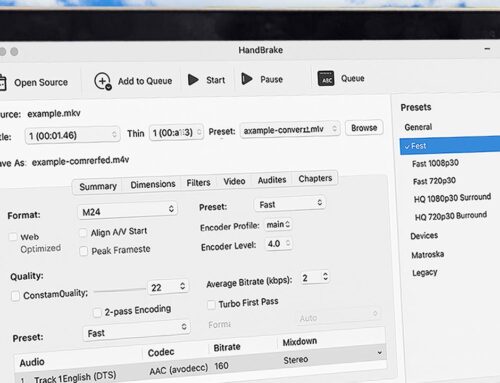H.264 vs H.265
Which Video Compression Standard is Better and Why It Matters. As video quality and streaming demands continue to rise, understanding the difference between H.264 and H.265 is crucial for developers, broadcasters, and content creators. This article explores the key differences, advantages, and use cases of each codec, guiding you on which is best for your application.
Table of Contents
- Introduction
- What is H.264?
- What is H.265?
- H.264 vs H.265: Key Differences
- Use Cases and Industry Adoption
- Future Outlook: Is H.265 the Endgame?
- Top 5 Frequently Asked Questions
- Final Thoughts
- Resources
Introduction
In the world of video streaming, storage, and broadcasting, codec selection can make or break your user experience and operating costs. Two of the most prominent standards are H.264 (AVC) and H.265 (HEVC), both developed by the ITU-T Video Coding Experts Group. While they serve the same fundamental purpose—compressing video—they differ significantly in how they do it and the results they deliver.
What is H.264?
H.264, also known as Advanced Video Coding (AVC), was introduced in 2003. It’s a widely adopted video compression standard known for its balance between compression efficiency and hardware compatibility. It powers platforms like YouTube, Blu-ray discs, and video conferencing tools.
Key Features:
- Works with most devices
- Lower computational demands
- High-quality compression with moderate efficiency
What is H.265?
H.265, also known as High Efficiency Video Coding (HEVC), is the successor to H.264. Finalized in 2013, it’s designed to offer roughly double the compression efficiency of H.264 at the same quality level.
Key Features:
- 40–50% better compression than H.264
- Supports 4K, 8K, and HDR video
- Requires more processing power
H.264 vs H.265: Key Differences
Compression Efficiency
H.265 can compress video files to about half the size of H.264 without losing quality. This efficiency reduces bandwidth needs, which is crucial for 4K/8K streaming and cloud video platforms.
Example:
A 4K movie encoded in H.264 may be 20GB, whereas the same movie in H.265 could be only 10GB.
Video Quality
H.265 provides better image quality at lower bitrates. This is particularly important for high-motion scenes and high-resolution video.
Stat:
According to Bitmovin, HEVC offers a 40-50% bitrate reduction for equal quality compared to AVC.
Encoding and Decoding Performance
H.265 requires more powerful processors for both encoding and decoding. While this is manageable for high-end systems, it can be a barrier for older or low-powered devices.
File Size and Bandwidth
Due to its higher compression, H.265 significantly reduces storage and bandwidth costs.
Real-World Impact:
Streaming services can save millions annually by adopting HEVC, thanks to lower storage and CDN expenses.
Hardware and Software Compatibility
H.264 is universally supported across devices and browsers. H.265 has good support but still lags behind in legacy systems and some browsers.
Browser Support (2024):
- H.264: 99% (Chrome, Firefox, Safari, Edge)
- H.265: 75% (Mostly Safari and Edge, limited in Chrome/Firefox without plugins)
Licensing and Cost
Both codecs require licensing, but H.265 has a more complex and expensive licensing structure. This has led some developers to favor open alternatives like AV1.
Use Cases and Industry Adoption
H.264 Dominates:
- Video conferencing (Zoom, Skype)
- Online video platforms (YouTube still uses H.264 fallback)
- Security camera feeds
H.265 Gaining Ground:
- 4K/8K streaming (Netflix, Apple TV)
- UHD broadcasting
- Video archiving
Future Outlook
With growing demand for ultra-HD content and bandwidth conservation, H.265 adoption is accelerating. However, it’s not without competition. Emerging codecs like AV1 aim to offer better performance with royalty-free licensing.
Insight:
AV1 adoption is projected to surpass H.265 by 2027, especially as hardware accelerators improve.
Top 5 Frequently Asked Questions
Final Thoughts
The choice between H.264 and H.265 depends on your specific needs. If compatibility and lower CPU usage matter more, H.264 remains a strong candidate. But if your priority is bandwidth efficiency and high-quality video, H.265 is the clear winner—especially as 4K/8K content becomes the norm.
Takeaway: H.265 is the future of video compression, but H.264 remains vital today. Consider your infrastructure, target audience, and use case before making the switch.









Leave A Comment